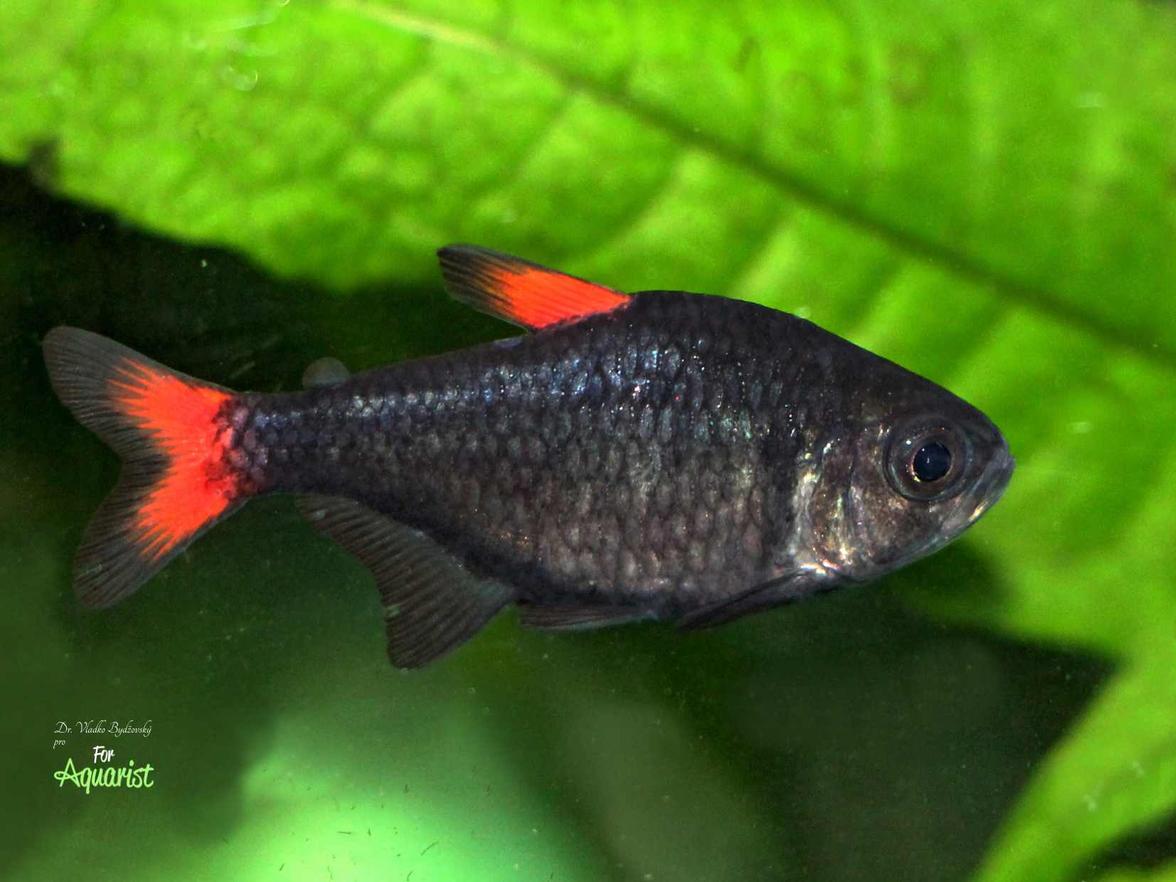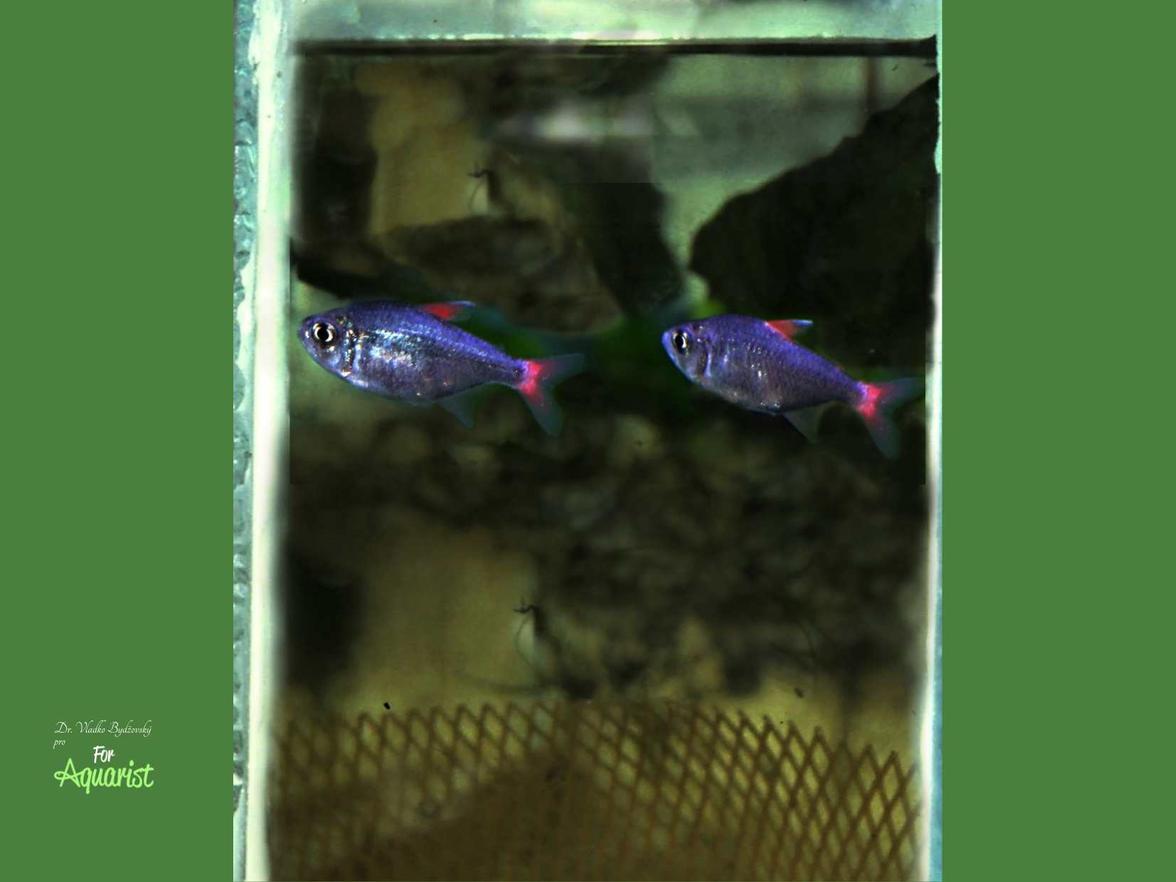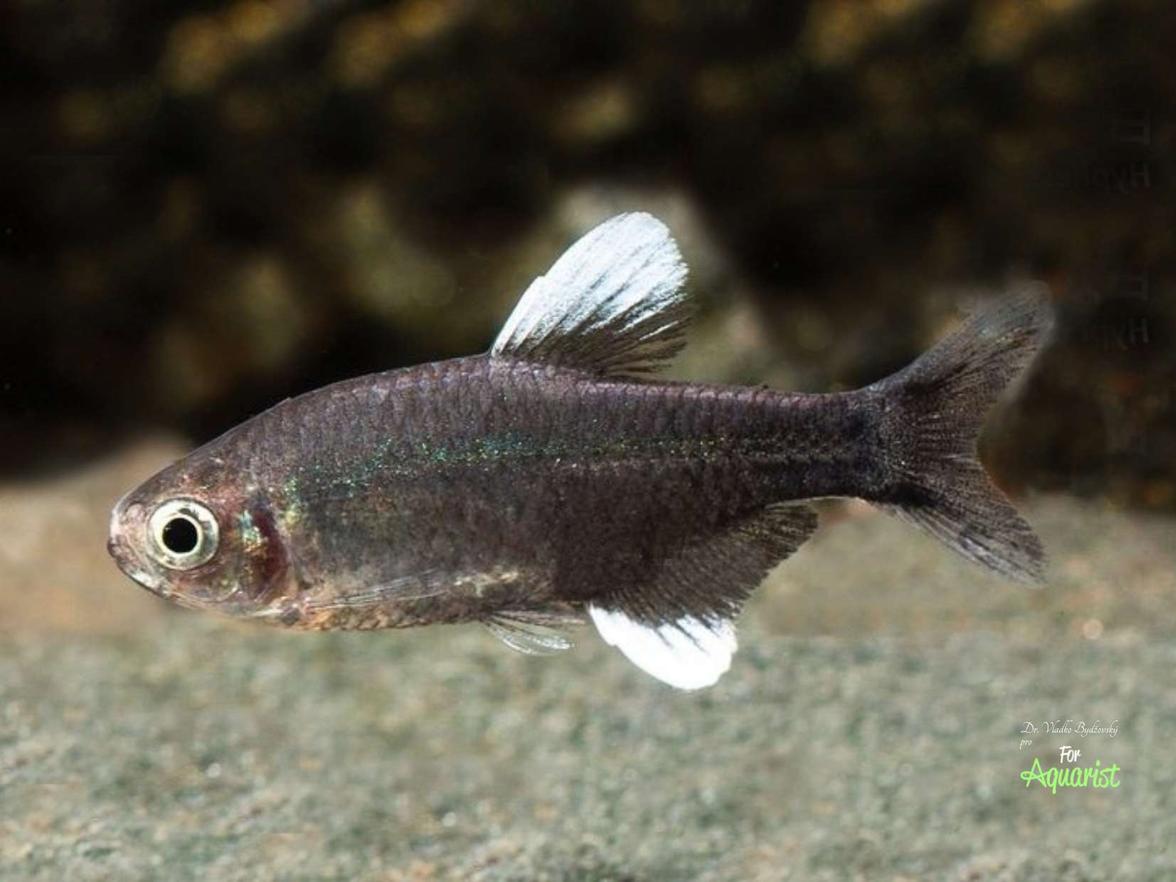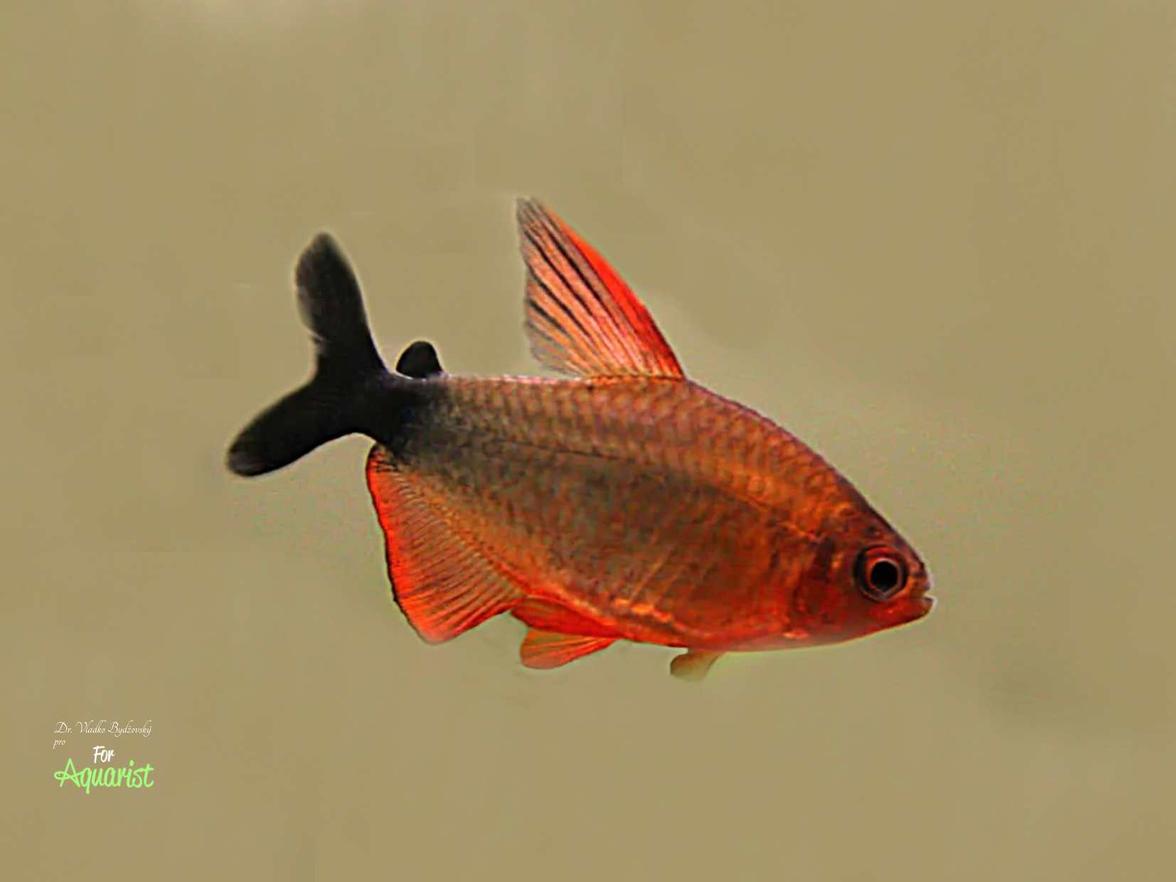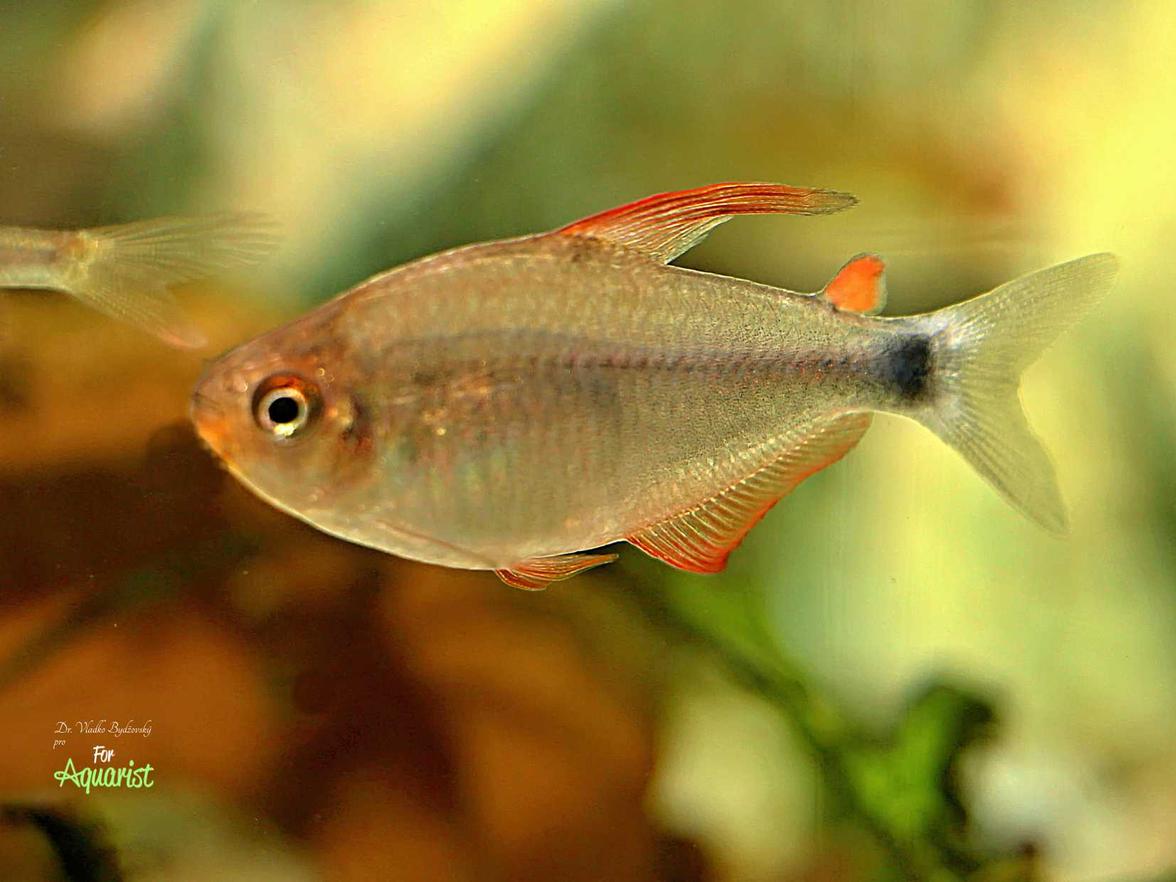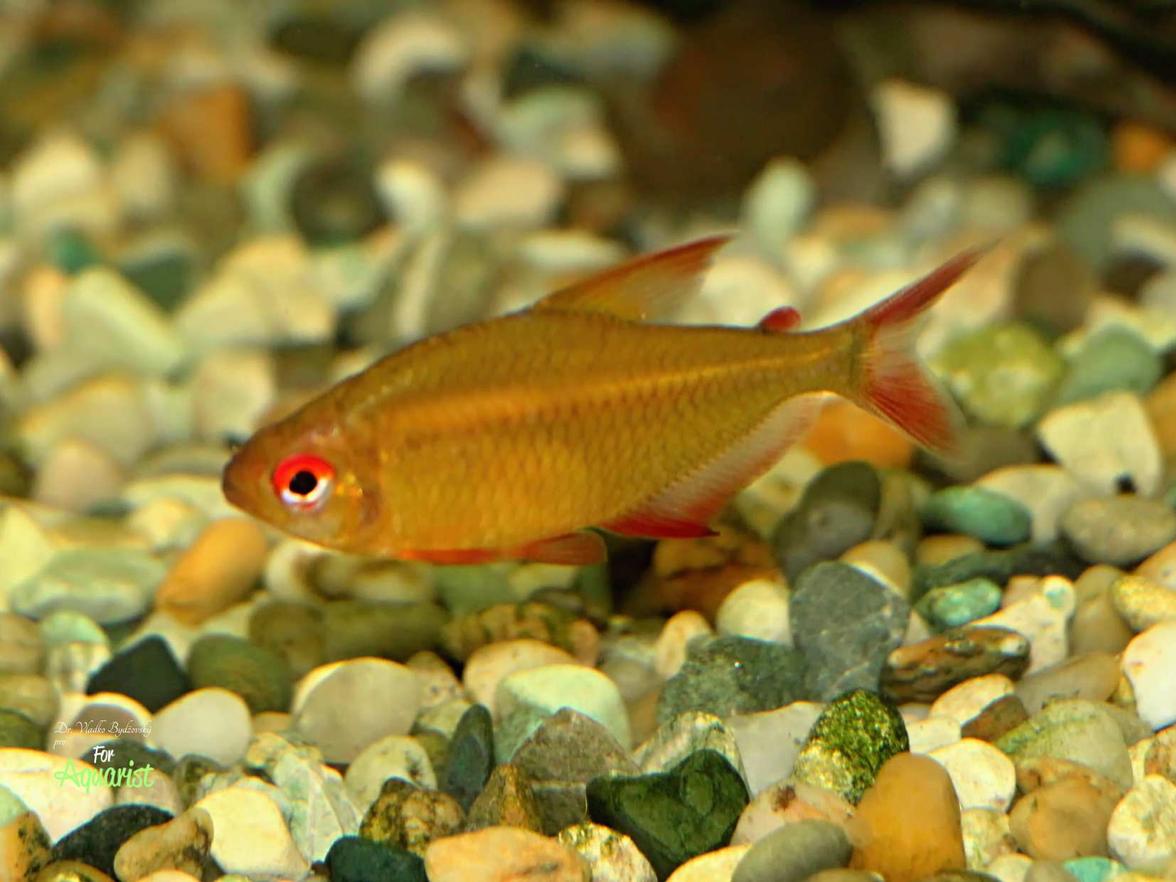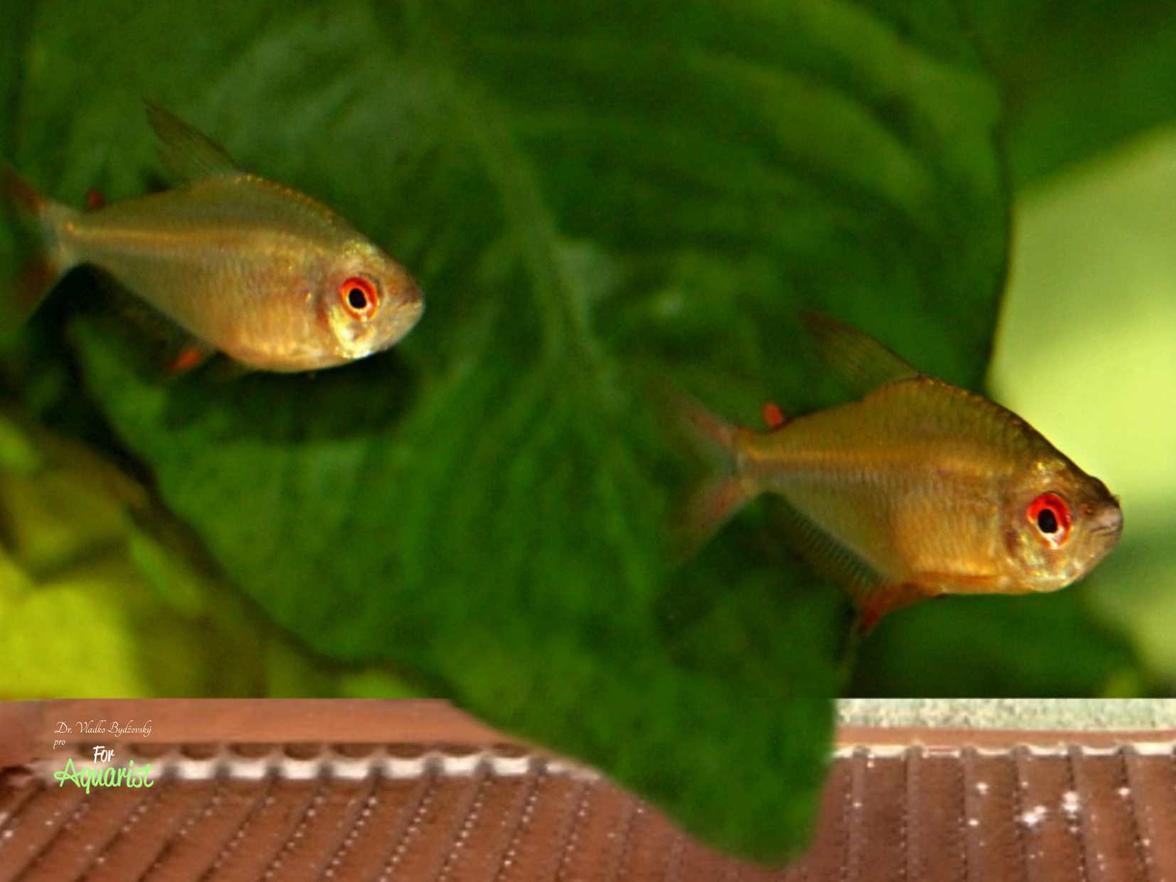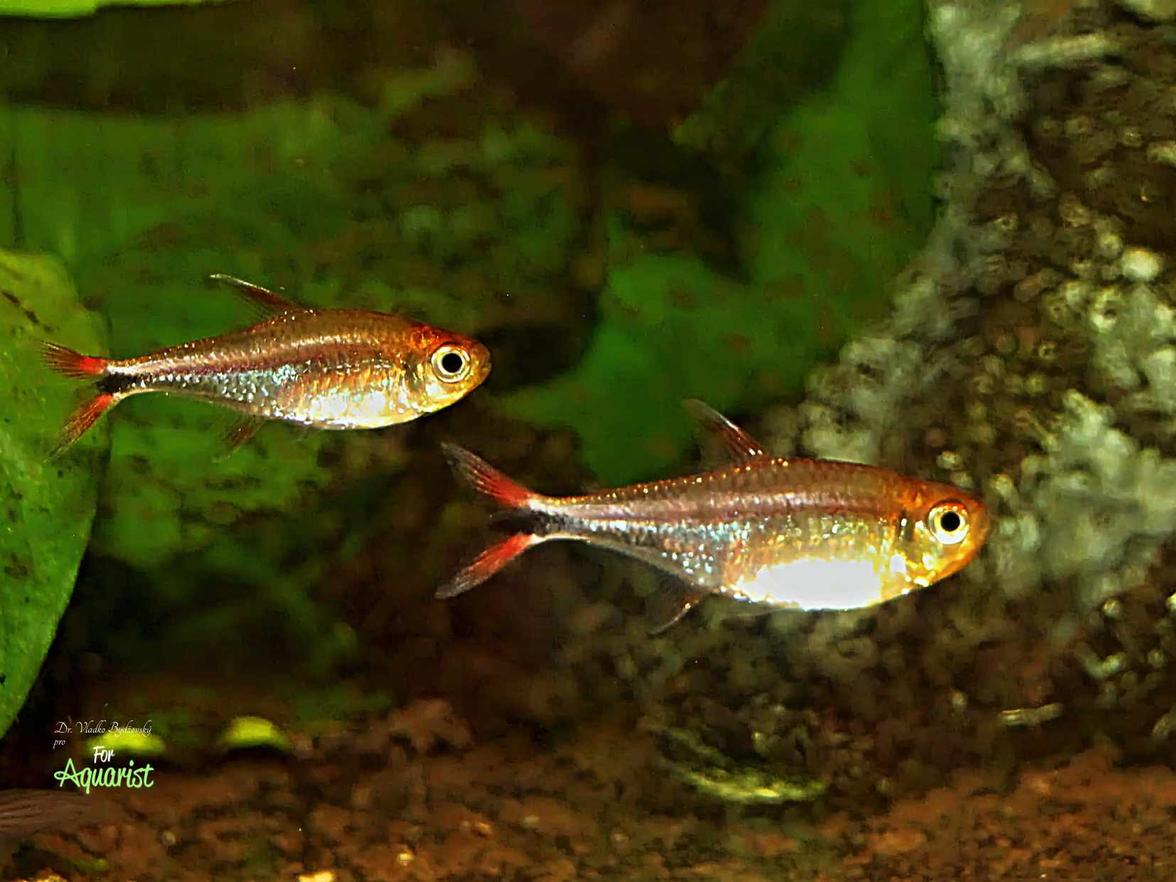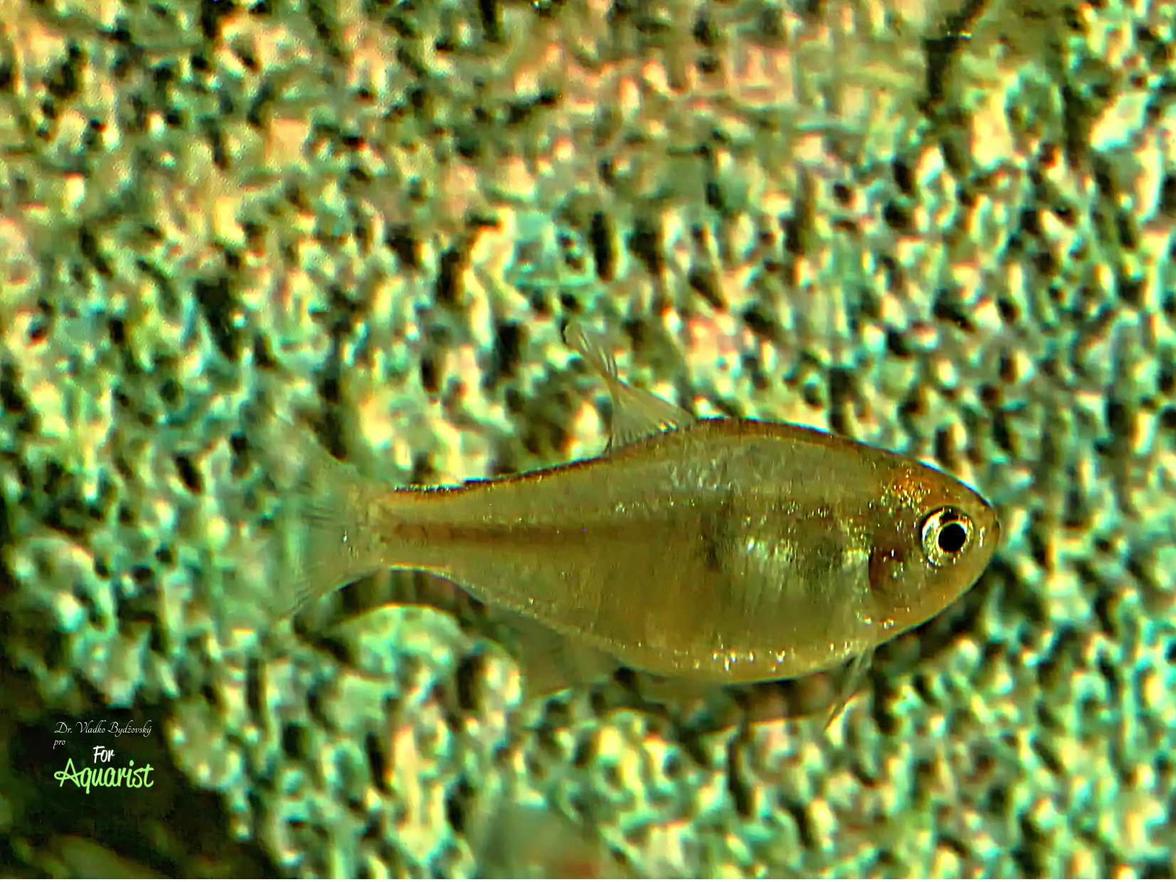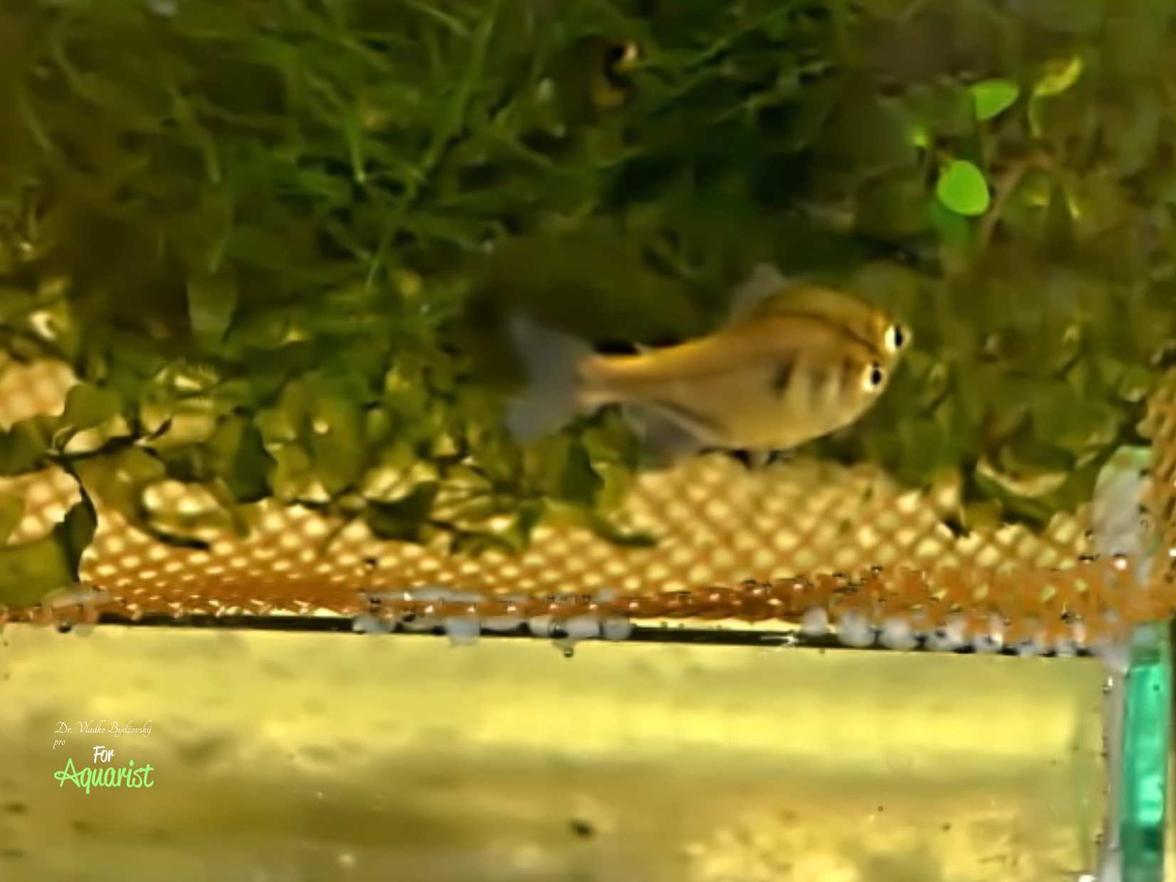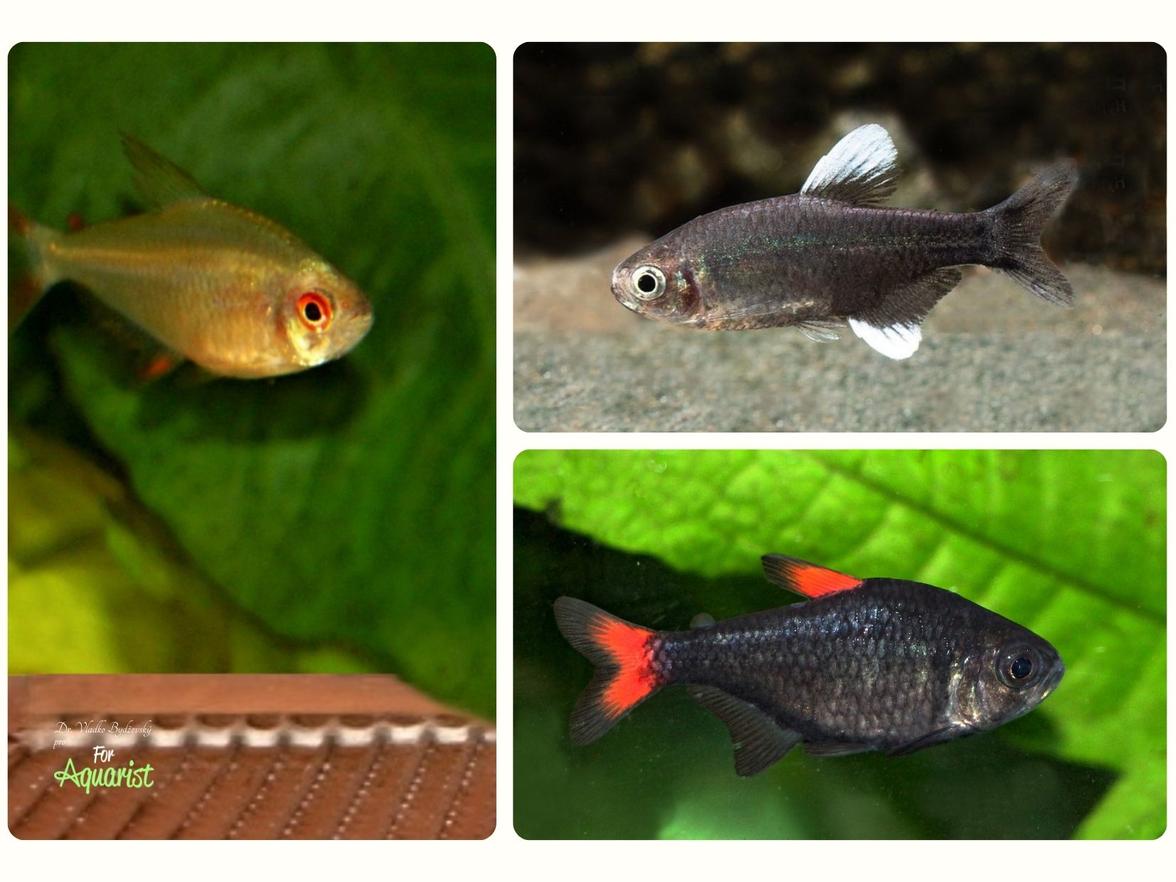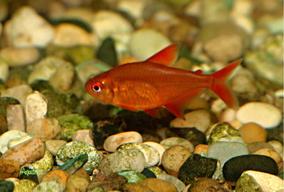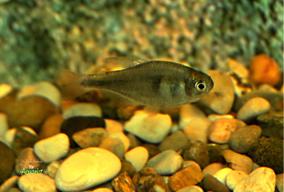In this second part, we will look at rare and new species of tetras that have appeared since 2015 and that I have had the opportunity to breed myself. This is not a complete overview of all the novelties, but rather a selection of interesting species available to regular aquarists. Despite ongoing changes in the taxonomy of tetras, we will stick to familiar names to make the text as accessible as possible.
In this second part, we'll dive into some of the rare and newer tetra species that have become available to us since 2015. These are fish I've personally kept and bred, aiming to gather hands-on experience. While there are generally many more new varieties constantly appearing, their prices often exceed what Czech aquarists typically expect for tetras. Therefore, I've focused only on the species that genuinely captured my interest.
As we touched upon in the first part, significant developments are always underway in the scientific world! For instance, a six-year study by thirteen authors has recently emerged, encompassing 575 taxa, 494 species, 123 genera, four families, and 29 subfamilies. This extensive research is set to completely revolutionize the current classification of tetras within the order Characiformes. However, for the sake of simplicity and to avoid unnecessary confusion for aquarists, we'll stick to the existing names in this brief overview.
Hyphessobrycon eilyos
(Fig. 1)
Hyphessobrycon eilyos is a truly attractive small tetra, reaching about 3 cm. Its most striking features are its vibrant red fins, contrasting with a body coloration that can range from gray to black depending on its environment and mood. This species was originally discovered in the blackwater regions of the upper Rio Araguaia. Other beautiful new arrivals, such as Hyphessobrycon notidanos and H. weitzmanorum, also inhabit the upper Rio Tapajós area in Mato Grosso, Brazil, alongside H. eilyos. Given their preference for relatively low temperatures in their natural habitat, it's crucial to maintain them in aquariums at a maximum of 22-24 °C; anything higher will significantly shorten their lifespan! Always acquire a group of at least 6-8 individuals.
(Fig. 2) Hyphessobrycon eilyos in a 5-liter breeding tank.
Hyphessobrycon negodagua
(Fig. 3)
Hyphessobrycon negodagua originates from the upper basin of the Paraguacú River. Its species name, "negodagua," comes from the legendary, human-like creature Nego D'água, said to live at the bottom of rivers in central Brazil and ambush unsuspecting fishermen at night! From a breeding perspective, this is a fairly typical tetra species.
Hyphessobrycon peugeotorum
(Fig. 4)
Hyphessobrycon peugeotorum stands out as one of the top tetras introduced in recent years. Its name honors the Peugeot family, who invented the pepper mill mechanism in 1842. Their manufacturing activities later led to the establishment of a reforestation project in the deforested São Nicolau region of central Brazil. This species originally hails from the Rio Juruena in Mato Grosso, where it inhabits small streams, typically featuring sandy substrates and sparse aquatic vegetation, often in swampy, deforested areas downstream from untouched forests. Breeding-wise, it's comparable to other species within the genus Hyphessobrycon.
Hyphessobrycon procyon
(Fig. 5)
Hyphessobrycon procyon is described from the Rio Aripuanã, part of the Rio Madeira basin in the state of Amazonas, Brazil. It can be distinguished from its relatives by the elongated anal fin in adult males, the absence of dark spots on the anal fin, and the presence of two humeral spots. Its potential relatedness to H. elachys, H. heliacus, H. loweae, H. moniliger, and H. peugeotorum is currently being debated, based on similarities in sexual dimorphism and tooth morphology. H. procyon can reach up to 5 cm in length and has no particularly high demands regarding breeding conditions. We keep them successfully alongside other appropriately sized, peaceful tetras. The males' interactions, though often involving quite harmless battles, are a fascinating sight.
Hyphessobrycon sp. jacareacanga
(Fig. 6)
Hyphessobrycon sp. jacareacanga is one of the notable new additions, originating from a Brazilian stream of the same name. They bear a slight resemblance to the "Austrian" H. pulchripinnis (Lemon Tetra). In 2023, we successfully achieved their first breeding, which proved to be quite similar to that of the aforementioned lemon tetras.
(Fig. 7) Hyphessobrycon sp. jacareacanga in a 5-liter breeding tank.
Hyphessobrycon sp. "red cherry"
(Fig. 8)
Hyphessobrycon sp. "red cherry" makes an ideal schooling fish for community aquariums. While their precise origin is unknown, we do know they come from Brazil. These are beautiful relatives of the well-known Hyphessobrycon amandae, often referred to as the Ember Tetra.
Hyphessobrycon sp. "Rio Cenepa"
(Fig. 9)
Hyphessobrycon sp. "Rio Cenepa", as its name suggests, originates from the Rio Cenepa. This blackwater river flows through the border region of Peru and Ecuador and stretches for approximately 185 km. In terms of breeding and rearing, I would confidently compare this fish to the well-known Red-headed Tetra, Petitella bleheri (formerly known under the genus Hemigrammus).
Hyphessobrycon weitzmanorum
(Fig. 10)
Hyphessobrycon weitzmanorum is another attractive tetra species imported from Brazil in recent years. Its species name honors Stanley and Marilyn Weitzman, who have contributed immensely to the study of neotropical freshwater fish. These fish hail from the upper basin of the Rio Araguaia, where they inhabit clear streams with abundant vegetation. They are not particularly demanding for aquarists regarding their care. They show a fondness for the roots of Java fern (Microsorum pteropus), and as we mentioned earlier, it's crucial to be mindful of high temperatures. An ideal range is 20-22 °C, and temperatures should not exceed 24 °C!
(Fig. 11) Hyphessobrycon weitzmanorum, female. (Fig. 12) Hyphessobrycon weitzmanorum in a 5-liter breeding tank.
